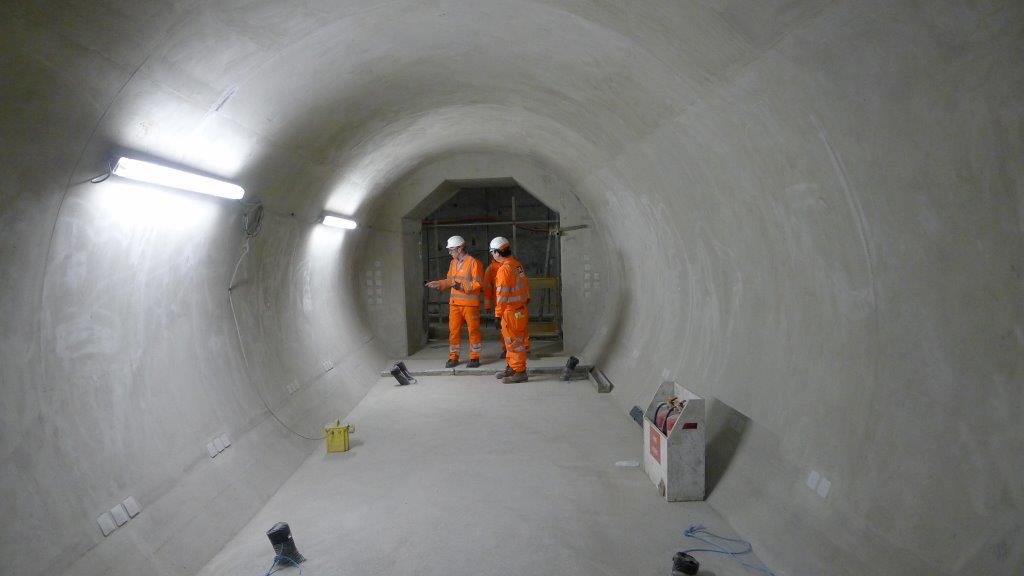
Crossrail
Location: London, UK
Dates: 1995-2017
In the UK in 2003 the Association of British Insurers and the British Tunnelling Society jointly produced ‘The Joint Code of Practice for Risk Management of Tunnel Works in the UK’ (the ‘JCoP’). This code states:
“7.2.5. Contract Documentation (as well as subcontract documentation for Tunnel Works as appropriate) shall include Ground Reference Conditions or Geotechnical Baseline Conditions prepared by the Client (or prepared on his behalf) or shall require each tenderer to submit with their tender their own assessment of Ground Reference Conditions or Geotechnical Baseline Conditions, the requirements of which shall be defined and fully described in the Contract Documentation.”
GCG have extensive experience in the production and interpretation of Geotechnical Baseline Reports (GBRs), and our staff were closely involved in the development of a novel format used by the GBRs on London’s Crossrail project. GCG went on to produce or review all 34 Crossrail GBRs. The Crossrail contracts with GBRs covered a wide variety of structures and construction techniques. These included EPB and Slurry tunnel boring machines, sprayed concrete lining mining, diaphragm walling, piling and ground improvement. The GBRs had to deal with the often complex ground found beneath the base of the London Clay, where much of Crossrail construction takes place.
A post construction analysis of the impact of these GBRs at Crossrail revealed that the value of successful Crossrail GBR compensation event claims accounted for less than 0.4% of the value of the contracts with GBRs.
References
J.A. Davis (2017) Crossrail’s Experience of Geotechnical Baseline Reports, in press – see: The Crossrail Project, Infrastructure Design and Construction Vol 4, 2017 http://learninglegacy.crossrail.co.uk/article-author/john-davis/